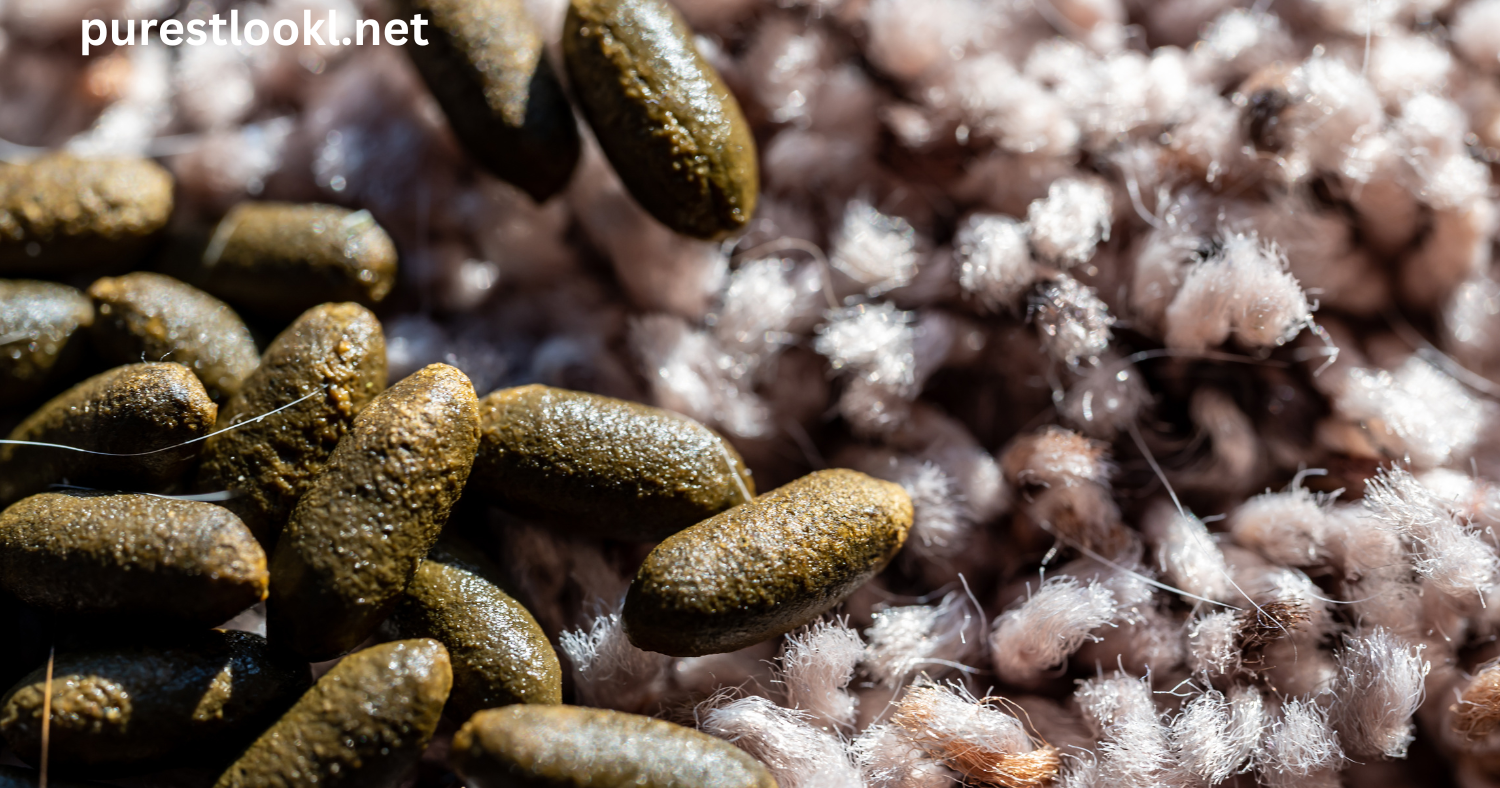Understanding bat poop, also known as guano, is essential for homeowners, nature enthusiasts, and environmentalists. This article explores its appearance, uses, and significance, ensuring you have all the information needed to identify it safely.
What Does Bat Poop Look Like?
Bat poop has unique traits that make it distinguishable from other animal droppings. Its appearance can vary slightly based on a bat’s diet but typically shares some key characteristics.
Physical Characteristics of Bat Poop
- Size and Shape
- Small, pellet-like droppings.
- Usually 1-2 cm in length.
- Texture
- Crumbly when touched due to the high insect content.
- Shiny surface from insect exoskeleton remnants.
- Color
- Dark brown to black.
Comparing Bat Poop with Other Animal Droppings
| Animal | Size | Texture | Color | Key Differentiator |
|---|---|---|---|---|
| Bat | 1-2 cm | Crumbly, shiny | Dark brown/black | Insect exoskeleton fragments |
| Rodent | 1-1.5 cm | Smooth, hard | Dark brown | Uniform shape |
| Bird | Varies | Moist, white and black | Mixed | Liquid-like consistency |
| Raccoon | Larger, tubular | Solid, often contains seeds | Dark brown/black | Larger size, presence of seeds |
Where Is Bat Poop Usually Found?
- Roosting Areas: Guano is often found below roosting bats in attics, caves, or tree canopies.
- Flat Surfaces: Guano tends to accumulate on flat surfaces like beams or floors.
Why Is Identifying Bat Poop Important?
- Health Concerns
- Bat droppings may carry histoplasmosis-causing fungi.
- Proper cleaning methods are crucial to avoid airborne spores.
- Environmental Benefits
- Bat guano is a natural fertilizer due to its nutrient-rich content.
- Pest Control
- Identifying guano helps locate bat colonies for ethical management.
How to Handle Bat Poop Safely
- Wear Protective Gear
- Gloves, masks, and goggles to prevent contact and inhalation.
- Avoid Sweeping or Vacuuming
- Use damp cloths or specialized cleaning solutions to minimize airborne particles.
- Dispose of Guano Properly
- Seal in plastic bags and follow local disposal guidelines.
Conclusion
Identifying bat poop is not only essential for health and safety but also offers insights into the role bats play in the ecosystem. Recognizing guano can help in maintaining safe spaces while appreciating the environmental benefits bats bring to the world. Always handle bat droppings with care, ensuring you protect yourself and others.
FAQs
How can you tell if droppings are from a bat?
Look for small, crumbly, dark pellets often found in areas where bats roost.
Is bat guano harmful?
Yes, if improperly handled, guano can lead to respiratory issues like histoplasmosis.
Can bat poop be used as fertilizer?
Absolutely, bat guano is nutrient-rich and widely used in agriculture.
Where do bats typically leave droppings?
Bats leave droppings under their roosting areas, often in attics, caves, or tree canopies.
What should you do if you find bat poop?
Wear protective gear, clean the area carefully, and consider consulting pest control professionals.
